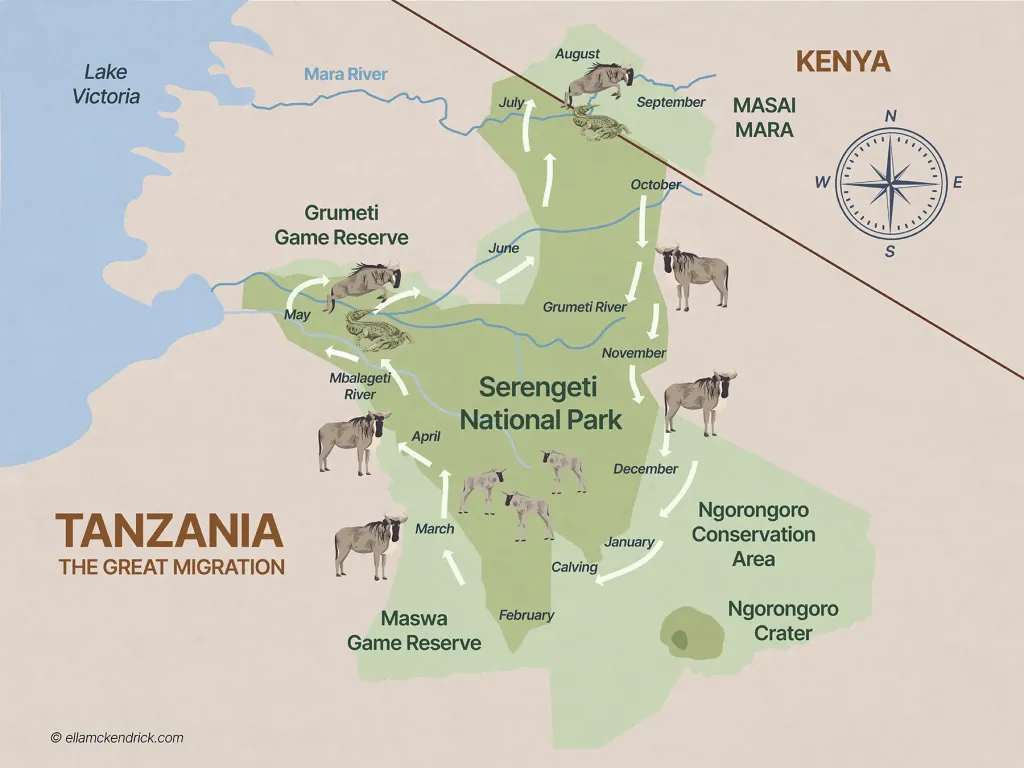Tanzania Migration Safari
Witness the Greatest Wildlife Show on Earth
More than just a safari, the Great Wildebeest Migration is an epic, year-round drama unfolding across the vast plains of the Serengeti and Ngorongoro Conservation Area. It's a primal, relentless journey of over two million wildebeest, zebras, and gazelles, driven by instinct to find fresh grazing and water. To witness this spectacle is to witness the very heartbeat of Africa – a symphony of life, death, and unparalleled natural beauty.
At Maasai Spirit Expeditions, we don't just take you to see the migration; we immerse you in its rhythm. Our expert guides, intimately familiar with the migration's unpredictable patterns, position you for the most awe-inspiring moments, from the tender new life of calving season to the heart-stopping drama of river crossings.
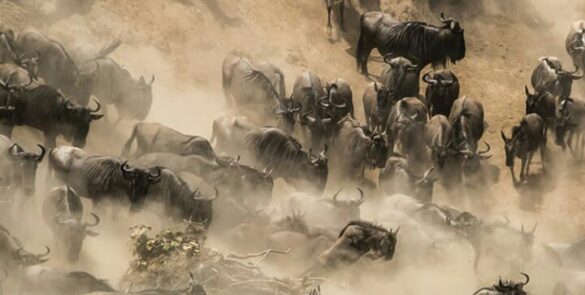


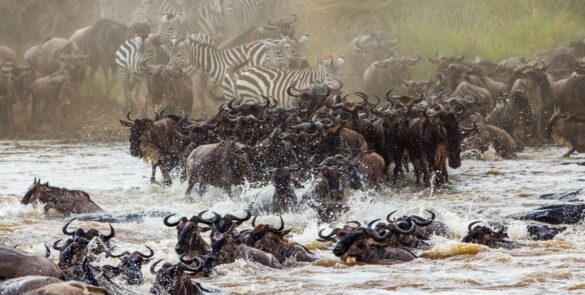
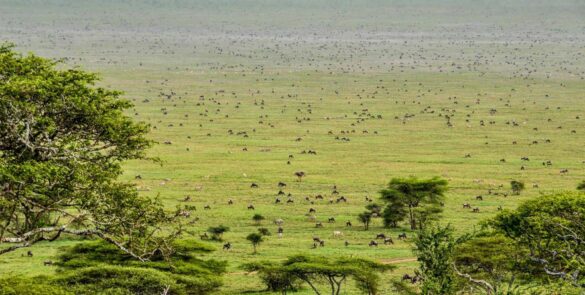

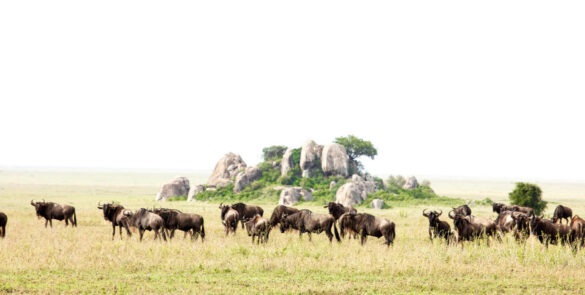
Understanding the Seasons & Regions
A Year-Round Phenomenon
January – March: The Calving Season & Southern Plains (Ndutu & Southern Serengeti)
The Miracle of New Life:
This period sees the vast herds congregate in the southern Serengeti and Ndutu plains. Triggered by the short rains, the nutrient-rich grasses here provide the perfect nursery.
Ndutu’s Bounty:
February is the peak calving season, with over half a million wildebeest born within a few weeks – sometimes 8,000 calves a day! This incredible influx of vulnerable newborns creates intense predator action, offering dramatic viewing of lions, cheetahs, and hyenas.
Why visit? Witnessing birth, the wobbly first steps of calves, and prolific predator-prey interactions. The landscape is lush and green.
April – May: The Rut & Central/Western Serengeti
The Long Trek Begins:
With the long rains concluding, the herds begin their northward journey, often forming immense columns stretching for miles.
Mating Season:
As they move through the central and western Serengeti, the ‘rut’ or breeding season commences. Male wildebeest engage in fierce, testosterone-fueled displays to win mates.
Why visit? Witnessing enormous moving columns of animals and the powerful spectacle of the rut. Lower tourist numbers in April/May can offer a more exclusive experience.
June – July: The Grumeti River Crossing & Western Corridor
First Major Challenge:
As the dry season progresses, the herds converge in the Western Corridor, facing their first major obstacle: the crocodile-infested Grumeti River.
The Build-Up:
Animals gather in massive numbers on the riverbanks, creating incredible tension and dramatic crossings. While less famous than the Mara, Grumeti crossings offer raw, unpredictable action.
Why visit? The thrill of river crossings, large herd congregations, and excellent predator action along the river.
August – October: The Mara River Crossing & Northern Serengeti (Kogatende) & Kenya Season
The Ultimate Spectacle:
This is arguably the most famous and dramatic period. The herds push further north into the northern Serengeti (Kogatende region) to face the Mara River.
Life and Death:
Here, the iconic, chaotic river crossings unfold, with wildebeest plunging into treacherous waters, battling strong currents and the formidable Nile crocodiles. Many perish, but the sheer volume is astounding.
Into Kenya:
From August to October, the migration spills over into Kenya’s Masai Mara National Reserve. While a significant portion of the herd crosses into Kenya, a substantial number remain in the northern Serengeti, often crossing the Mara River back and forth depending on rainfall.
Why visit? The pinnacle of migration viewing – the Mara River crossings. High predator density and a relentless cycle of survival.
November – December: The Return South & Eastern Serengeti
Following the Rains:
With the short rains commencing, the herds begin their southern migration from the Masai Mara and northern Serengeti back into the eastern plains of Tanzania.
New Growth:
They seek out the fresh, green shoots that emerge in the eastern and southern Serengeti, replenishing their energy for the upcoming calving season.
Why visit? Experiencing the migration’s return, often with fewer crowds, and observing the herds spread across vast, rejuvenated landscapes.
Accommodation
Designed for the Migration
A breathtaking, high-resolution panorama of thousands of wildebeest on the move, dust rising, or an iconic river crossing moment.
To truly experience the migration, location is key. We partner with a range of accommodations, with a strong emphasis on mobile tented camps. These unique camps are strategically moved several times a year to follow the migration, ensuring you are always within striking distance of the main herds.
Ready to Witness the World's Greatest Wildlife Spectacle?
The Great Migration is more than just a trip; it’s a life-changing encounter with the raw power of nature. Let Maasai Spirit Expeditions craft your unforgettable journey.
Mobile Tented Camps
Offering an authentic “under canvas” safari experience without sacrificing comfort. Think spacious tents with en-suite bathrooms, comfortable beds, and delicious meals, all within earshot of the wild. These are ideal for immersing yourself in the migration’s heart.
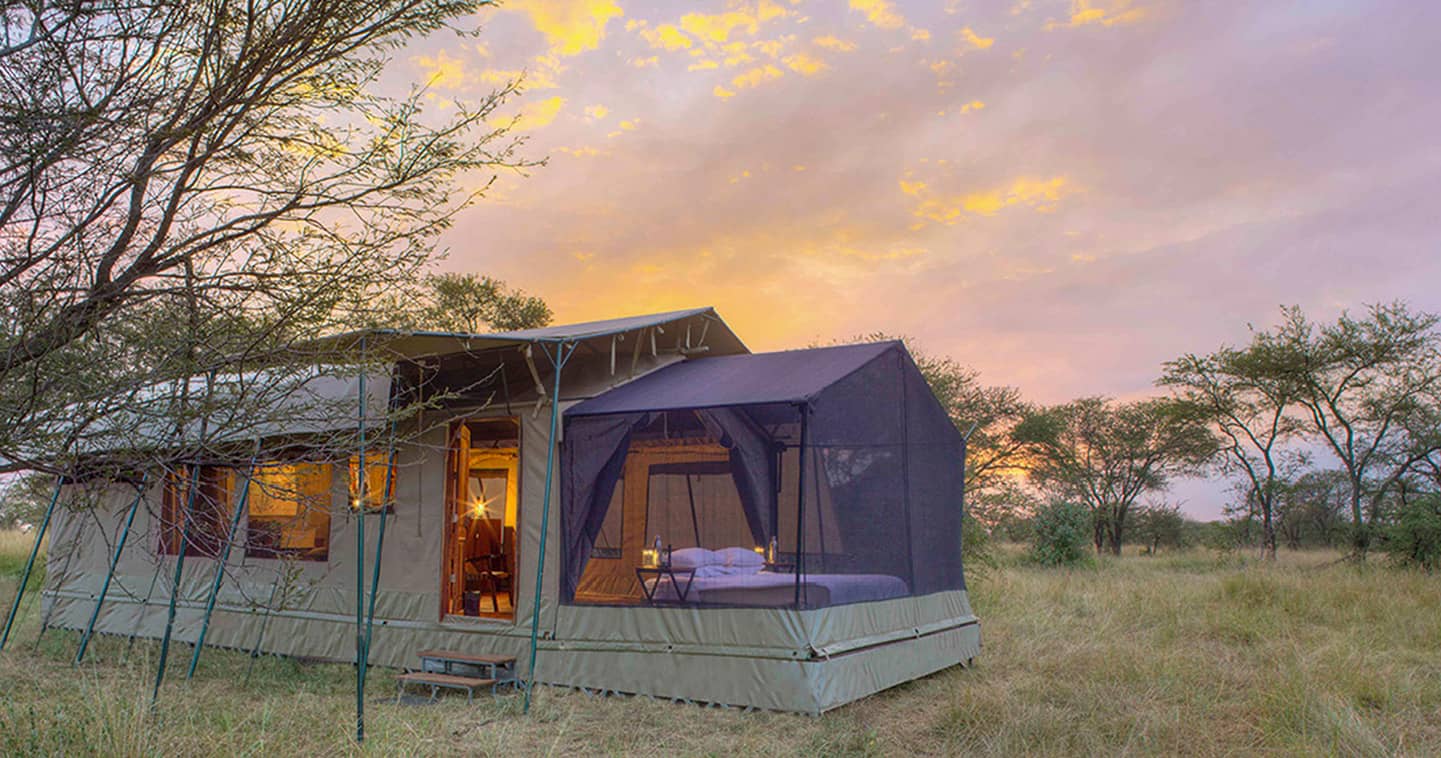
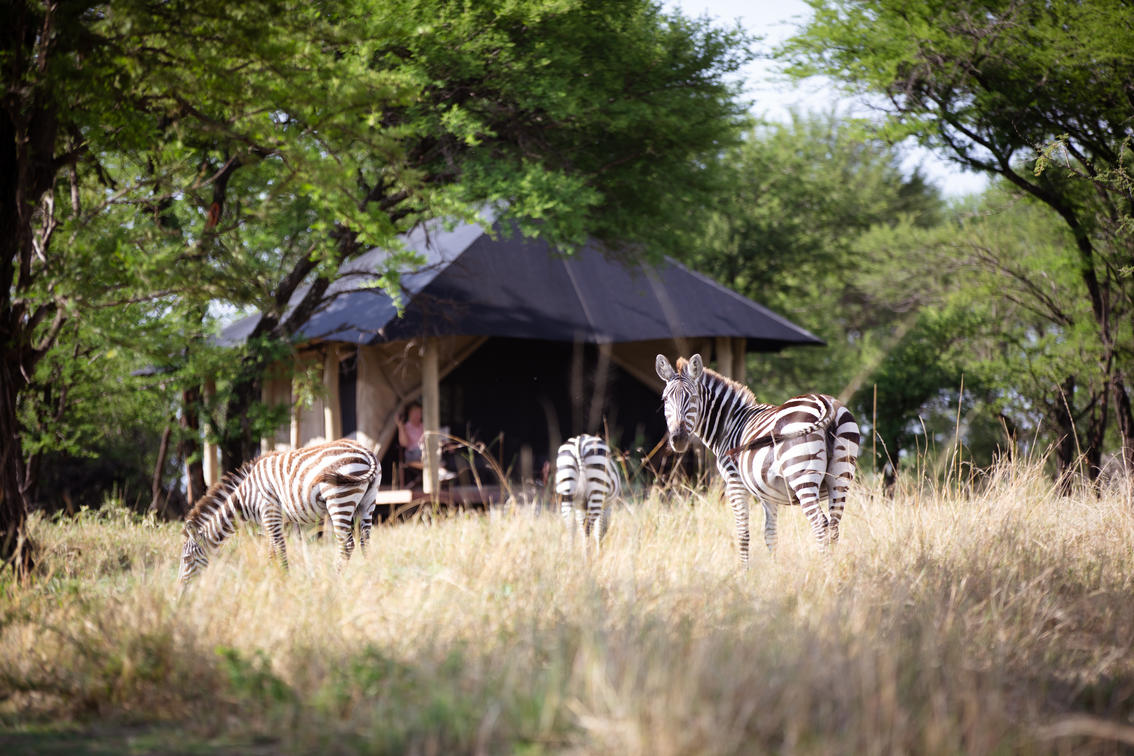
Permanent Lodges/Camps
High-quality options strategically located in central or northern Serengeti, offering excellent year-round game viewing and serving as a base for migration excursions.
Other Important Information
Karibu Serengeti
Booking Early is Crucial:
Especially for peak river crossing months (July-October) and calving season (February), accommodations along the migration route book up 9-18 months in advance. Plan ahead!
Patience is a Virtue:
The migration is a natural phenomenon. While our guides are experts at predicting movements, precise timings of river crossings, for example, cannot be guaranteed. Be prepared for nature to surprise you.
Beyond the Migration:
Even if the main herds are elsewhere, the Serengeti offers incredible year-round game viewing, with abundant resident wildlife and predators always present.
Photography:
Bring a good camera with a zoom lens (at least 300mm), extra batteries, and plenty of memory cards. Binoculars are also essential.
Health & Safety:
Consult your doctor regarding necessary vaccinations and malaria prophylaxis. Your safety is our top priority; our guides are highly trained and vehicles are well-maintained


